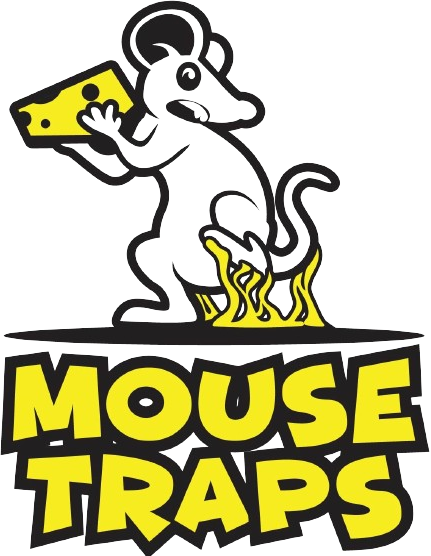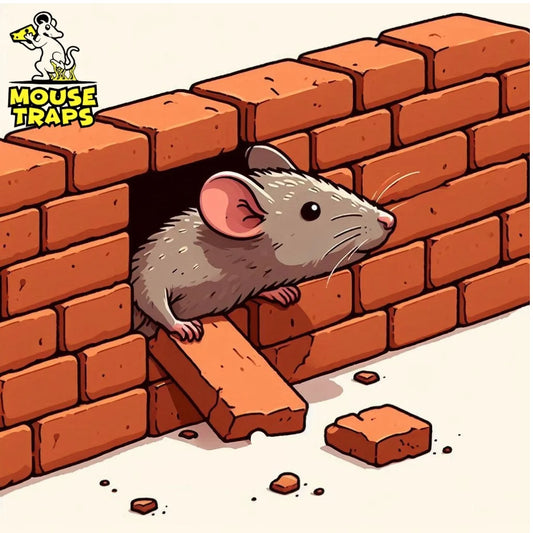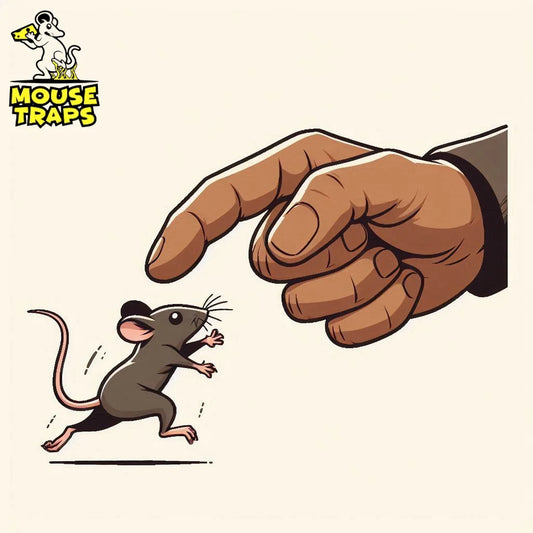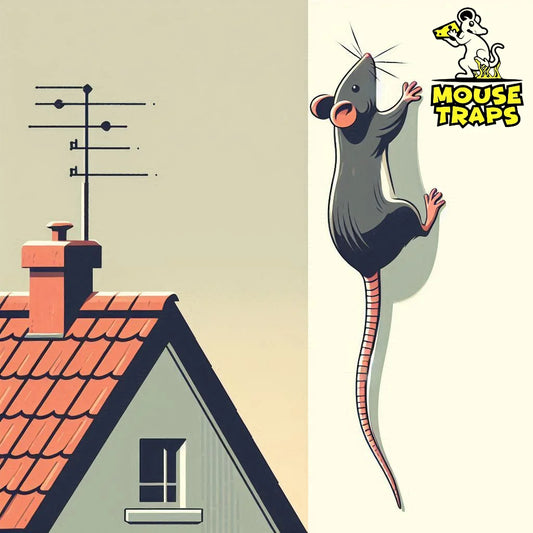Introduction:
Detecting poisoning, in mice is vital for ensuring safety, in environments be it a home or a farm. Yet recognizing these signs can pose a challenge. Its crucial to grasp the dangers linked to the use of poisons. This piece delves into indicators of mouse poisoning ways to identify them and the disadvantages of relying on poison for pest control purposes.
Symptoms of Poisoning in Mice:
Physical Symptoms:
- Lethargy: Poisoned mice may appear unusually tired or sluggish, showing a lack of energy in their movements.

- Weakness: They may struggle to move normally, exhibiting weakness in their limbs or overall body.
- Trembling: Mice affected by poisoning may experience tremors or shaking, especially noticeable in their limbs or body.
- Difficulty Breathing: Some poisons can affect respiratory function, leading to labored breathing or wheezing.
- Seizures: In severe cases, mice may suffer from seizures, characterized by uncontrolled muscle spasms or convulsions.
Behavioral Changes:
- Increased Aggressiveness: Poisoned mice may become more aggressive than usual, possibly due to disorientation or pain.
- Lack of Coordination: They might have difficulty coordinating their movements, leading to stumbling or walking in circles.
Loss of Appetite:
- Refusal to Eat or Drink: Poisoned mice may avoid food and water, leading to weight loss and dehydration over time.

Visible Signs:
- Blood in Stool or Vomit: Some poisons can cause internal bleeding, which may be visible in the stool or vomit of affected mice.
External Symptoms:
- Skin Irritation: Certain toxins may cause skin irritation or inflammation, leading to visible redness, swelling, or lesions on the mouse's body.

Identifying Poisoning:
If you observe any of these symptoms or suspect poisoning in mice, prompt action is crucial. Contacting a professional, such as a veterinarian or pest control expert. They are able to offer advice on how to eliminate substances from the surroundings and avoid future contact, with mice and other creatures.
Drawbacks of Using Poison:
-
Non-Target Effects: Poisons intended for mice can inadvertently harm other animals if ingested, including pets and wildlife.
-
Environmental Contamination: Improper use or disposal of rodenticides can lead to environmental contamination, affecting ecosystems and potentially harming non-target species.
-
Inhumane Killing: Some poisons cause prolonged suffering for mice, leading to inhumane treatment.
-
Risk of Secondary Poisoning: Predators or scavengers that consume poisoned mice can also be affected, leading to secondary poisoning.
Note:
Due to these drawbacks pf using mouse poison it is recommended to use live humane mouse traps and sticky glue mouse traps instead as they are non-toxic and also cause no harm to other animals.
Live Traps:

-
Humane Capture: Live traps provide a humane way to capture mice without causing them harm or distress, allowing for their safe relocation.
-
Non-Toxic: Live traps do not involve the use of poisons or chemicals, making them safe for use in households with children or pets.
-
Reusability: Many live traps are designed to be reusable, reducing waste and providing a cost-effective solution for long-term pest management.
-
Target-Specific: Live traps target only the intended pests, minimizing the risk of accidentally harming non-target species.
-
Environmental Friendliness: Live traps have minimal impact on the environment and do not contribute to environmental contamination.
Sticky Glue Traps:

-
Effectiveness: Sticky adhesive traps work well in catching mice offering a way to deal with infestations.
-
Easy to Use: Setting up glue traps is easy. Doesn't need any extra bait or upkeep which is handy, for homeowners.
-
Non-Toxic: Like live traps, sticky glue traps do not involve the use of poisons or chemicals, making them safe for indoor use.
-
Cost-Effective: Sticky glue traps are generally affordable and can be purchased in bulk, providing a cost-effective solution for pest control.
-
Disposal: Sticky glue traps make disposal of captured mice easy, as they can be simply discarded along with the trapped pests.
Conclusion:
It's important to spot poisoning symptoms, in mice to control pests without putting humans and other animals at risk. However relying on toxins to deal with mouse problems comes with downsides such as safety hazards and concerns, for animal well being. By adopting pest control approaches that emphasize prevention, exclusion and non harmful control techniques we can address these challenges while successfully handling mouse infestations.




